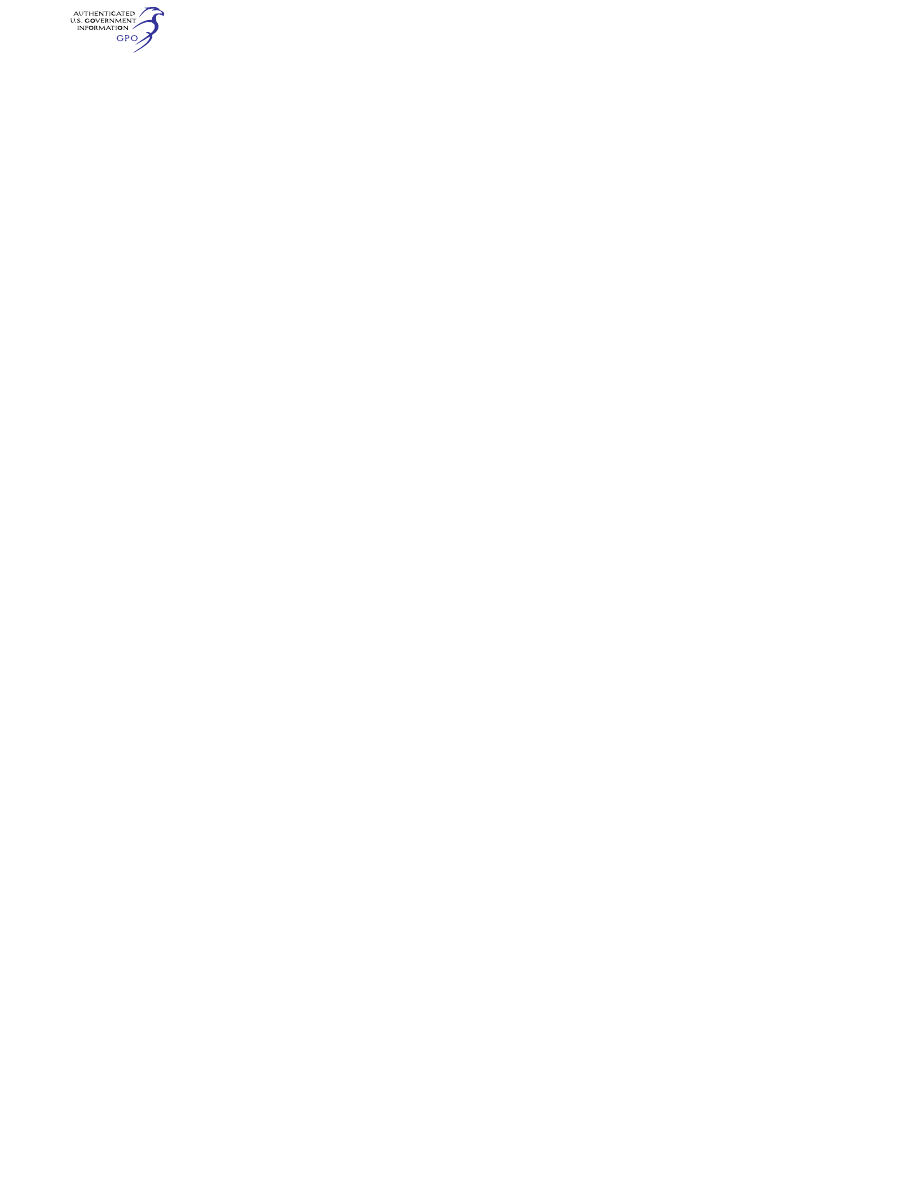
444
14 CFR Ch. I (1–1–24 Edition)
§ 135.141
unable to perform the applicable func-
tions listed in paragraph (d) of this sec-
tion.
(h) Each certificate holder shall in-
clude in its passenger briefings a ref-
erence to the passenger information
cards, required by paragraphs (d) and
(e), the selection criteria set forth in
paragraph (b), and the functions to be
performed, set forth in paragraph (d) of
this section.
(i) Each certificate holder shall in-
clude in its passenger briefings a re-
quest that a passenger identify himself
or herself to allow reseating if he or
she—
(1) Cannot meet the selection criteria
set forth in paragraph (b) of this sec-
tion;
(2) Has a nondiscernible condition
that will prevent him or her from per-
forming the applicable functions listed
in paragraph (d) of this section;
(3) May suffer bodily harm as the re-
sult of performing one or more of those
functions; or,
(4) Does not wish to perform those
functions.
A certificate holder shall not require
the passenger to disclose his or her rea-
son for needing reseating.
(j) [Reserved]
(k) In the event a certificate holder
determines in accordance with this sec-
tion that it is likely that a passenger
assigned to an exit seat would be un-
able to perform the functions listed in
paragraph (d) of this section or a pas-
senger requests a non-exit seat, the
certificate holder shall expeditiously
relocate the passenger to a non-exit
seat.
(l) In the event of full booking in the
non-exit seats and if necessary to ac-
commodate a passenger being relocated
from an exit seat, the certificate hold-
er shall move a passenger who is will-
ing and able to assume the evacuation
functions that may be required, to an
exit seat.
(m) A certificate holder may deny
transportation to any passenger under
this section only because—
(1) The passenger refuses to comply
with instructions given by a crew-
member or other authorized employee
of the certificate holder implementing
exit seating restrictions established in
accordance with this section, or
(2) The only seat that will physically
accommodate the person’s handicap is
an exit seat.
(n) In order to comply with this sec-
tion certificate holders shall—
(1) Establish procedures that address:
(i) The criteria listed in paragraph
(b) of this section;
(ii) The functions listed in paragraph
(d) of this section;
(iii) The requirements for airport in-
formation, passenger information
cards, crewmember verification of ap-
propriate seating in exit seats, pas-
senger briefings, seat assignments, and
denial of transportation as set forth in
this section;
(iv) How to resolve disputes arising
from implementation of this section,
including identification of the certifi-
cate holder employee on the airport to
whom complaints should be addressed
for resolution; and,
(2) Submit their procedures for pre-
liminary review and approval to the
principal operations inspectors as-
signed to them at the responsible
Flight Standards office.
(o) Certificate holders shall assign
seats prior to boarding consistent with
the criteria listed in paragraph (b) and
the functions listed in paragraph (d) of
this section, to the maximum extent
feasible.
(p) The procedures required by para-
graph (n) of this section will not be-
come effective until final approval is
granted by the Executive Director,
Flight Standards Service, Washington,
DC. Approval will be based solely upon
the safety aspects of the certificate
holder’s procedures.
[Doc. No. 25821, 55 FR 8073, Mar. 6, 1990, as
amended by Amdt. 135–45, 57 FR 48664, Oct.
27, 1992; Amdt. 135–50, 59 FR 33603, June 29,
1994; Amdt. 135–60, 61 FR 2616, Jan. 26, 1996;
Docket FAA–2018–0119, Amdt. 135–139, 83 FR
9175, Mar. 5, 2018]
Subpart C—Aircraft and
Equipment
§ 135.141 Applicability.
This subpart prescribes aircraft and
equipment requirements for operations
under this part. The requirements of
this subpart are in addition to the air-
craft and equipment requirements of
part 91 of this chapter. However, this
